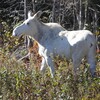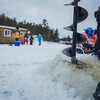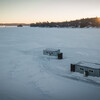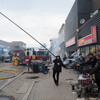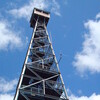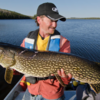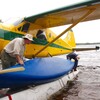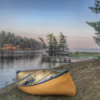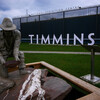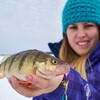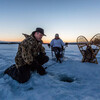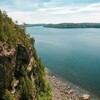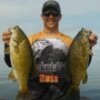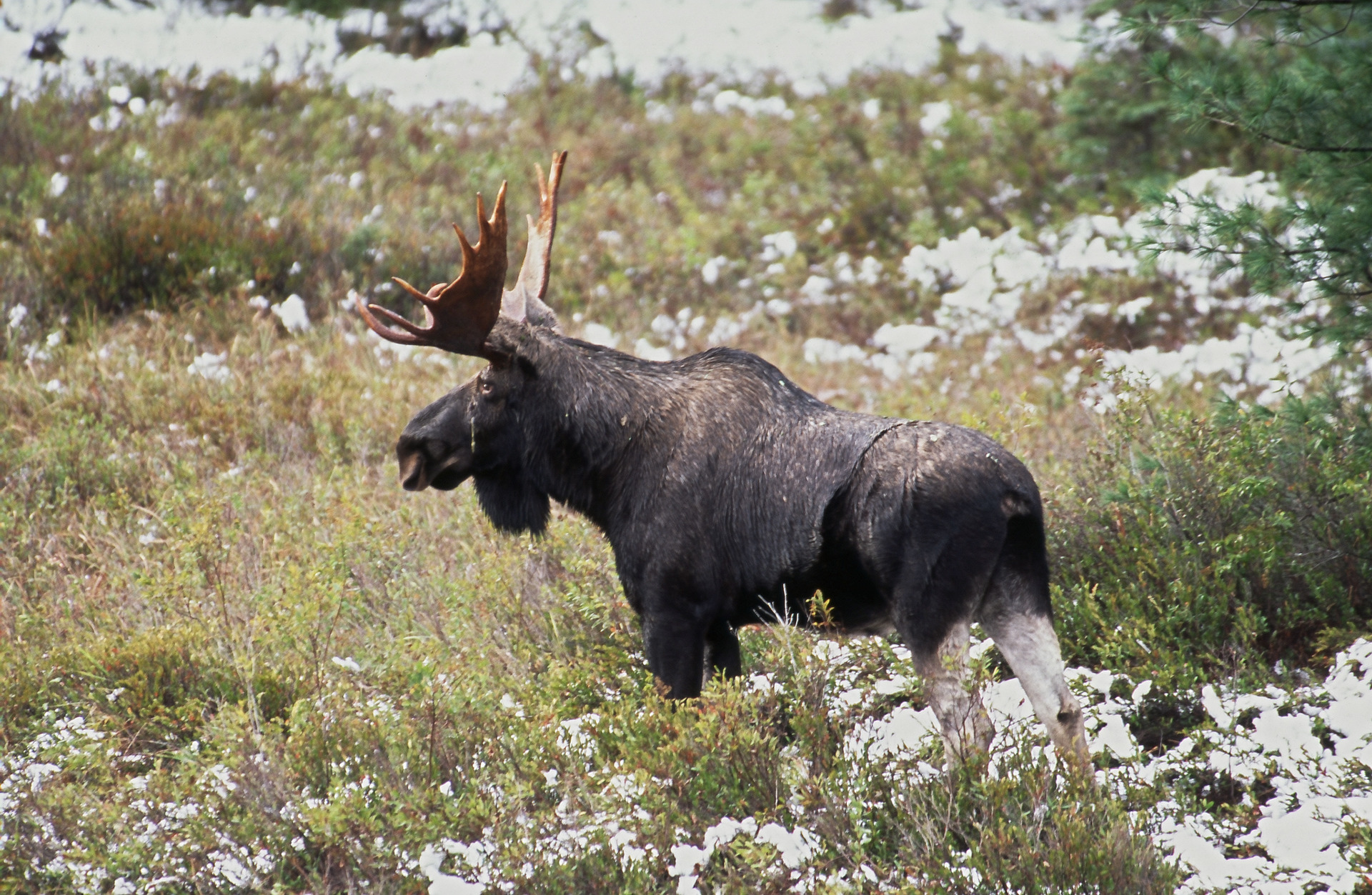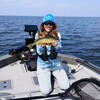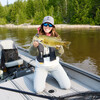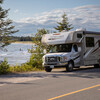Gearing Up for Whistlers

Winter conditions are starting to settle in, Christmas is becoming a reality and the latter portion of big game hunting seasons are knocking at the door. When the bird hunting season gets underway, many active hunters focus on geese, mallards, and grouse, often putting their equipment away all too soon. The late season hunt is one of the best for some of the biggest and healthiest migratory species. All the Bufflehead and Goldeneye hunters out there know to start preparing soon, as the season is getting close.
Northeastern Ontario is along the route of the Mississippi and Atlantic Flyways providing opportunities that should not be overlooked. The biggest and densest flocks are making their way south from the furthest northern reaches, including some of the fastest ducks to test your shooting skill levels. The black-bellied whistling ducks, or whistlers, as they are affectionately known, could easily be the fastest of the waterfowl. They get their name from the the whistling sound their wings make as they fly. These birds make for great sport. Don’t hesitate try your luck on some late fall waterfowling!
Deploying the Decoys
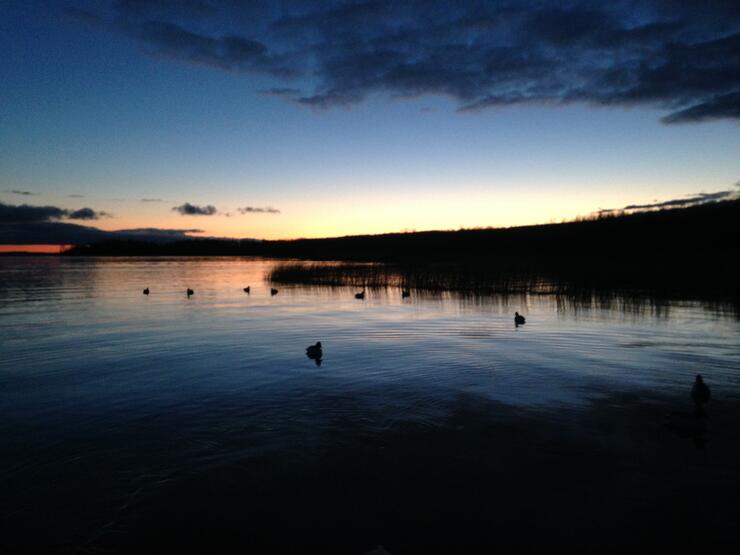
When it comes to decoys, less is more
Diving ducks do not require the skilled calling techniques that geese and dabbling ducks like mallards, wood, and teals require. This is almost a blessing to many as it takes calling–which can lead to costly human errors and ultimately an unsuccessful hunt–out of the hunting equation. Divers are very focal migratory birds, and will spot their companions from across a bay as quickly as they take off. Spotting their next safe landing location with birds of the same feather becomes a priority. This is where a quality set of decoys and a properly placed spread comes into play.
Many people read "decoys" and think massive flotillas in the 50-100 range. I have been lucky enough to have been shown some tips from a very wise and experienced hunter. Don’t be intimidated–if you set up properly and have a clean spread, there's no need for all that time and money. Depending on your target species you may only need one set of eight to 12 decoys.
Keep an eye out during your next hunt and take a look at the size of the flocks flying overhead and floating around together. This number is rarely greater than 10 unless they are in a full migration flock. This thought process will aid you in saving not only money but time during the hunt, as a quick mob and demob can get you to the next spot in no time!
Reading the Winds
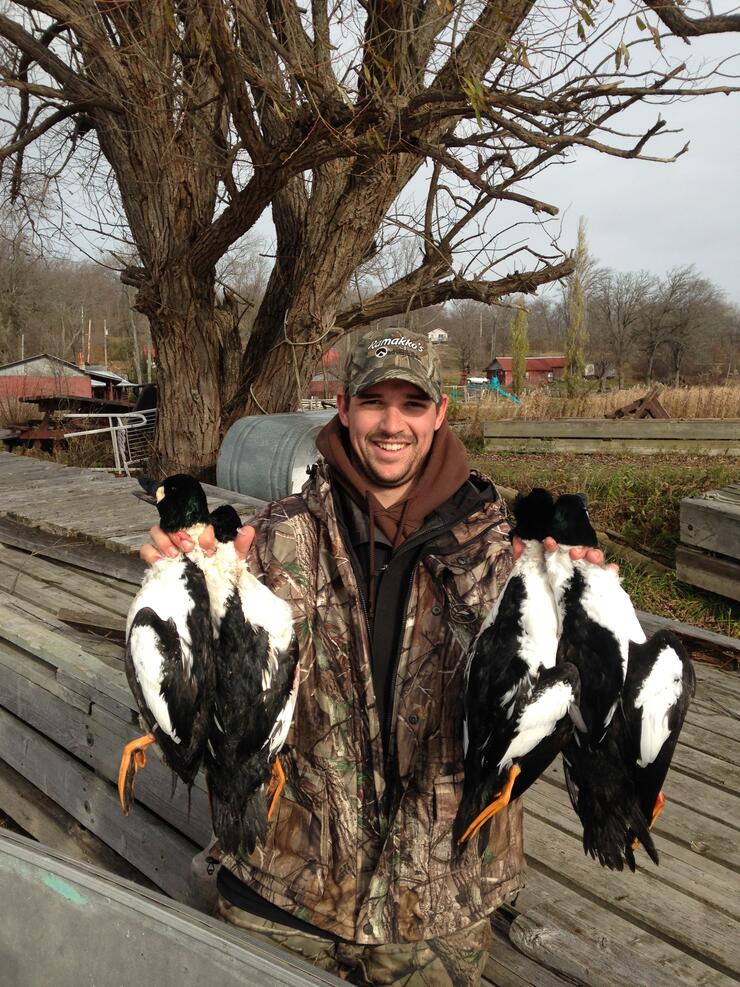
A successful day in Northeastern Ontario
Decoy placement is as crucial as any other part of the hunt. Always complete your homework prior to a hunt, keeping an eye on the prevailing winds and the upcoming forecast for your chosen day. North winds can be a great sign leading up to your hunt, but can also be a major hindrance. A north wind will bring fresh migratory birds down from the north, which is great but on the other hand can take the current birds south, leaving you with a vacant hunting location.
If you have north winds early in the week and you plan on heading out over the weekend you should be in for a good shoot. On the other hand, if strong north winds are coming Thursday and Friday, you could be rolling the dice…either a fresh new flock, or what you had been scouting and anticipating could be headed south. Scouting the night or a few days prior is always strongly advised.
Choosing a Location
Now back to the actual placement. Always keep the wind at your back, and remember this when looking into your hunting location. Whether hunting from shore or a boat, keep your options open as the wind rarely blows in one direction for the entire day. Aligning your decoys in a U shape or two diagonal lines allows for a spread that entices ducks to land in the middle, optimizing your shooting location. Ducks would rather land near the middle of the spread due to the assumption that it is a safe place…boy, are they ever wrong!
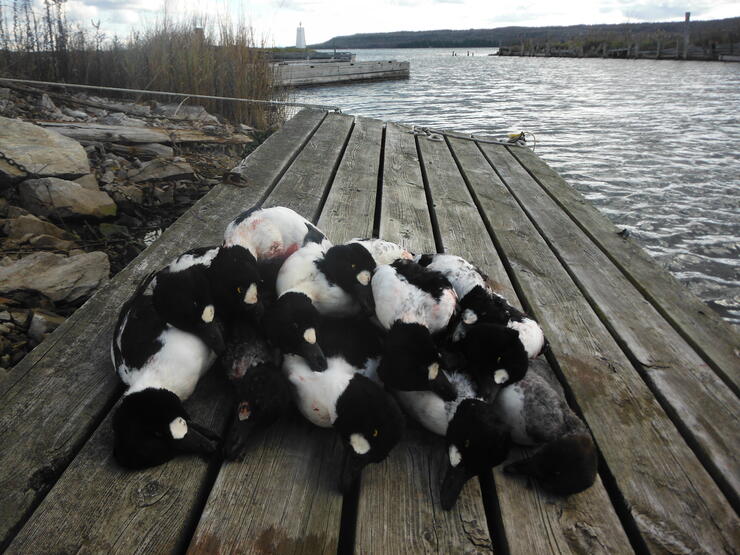
Location is key–and the rewards are many
Diving ducks call the water home and are often found in bays with pencil reeds in the 3- to 12-foot depth range. Accessing via boat is of the best interest or a ground blind along a shoreline. My favourite way to hunt is in an aluminum boat tucked into the pencil reeds, with burlap propped up to cover the boat and break up any silhouettes. This technique is great as it will keep you mobile, hidden, equipped and warm. Firing up the motor to collect your harvest is simple, whereas retrieving from shore can prove to be difficult, unless you have a loyal hunting dog. The boat also allows you to stay mobile throughout the day if conditions change.

So go ahead and plan your trip today–take a look at some of the excellent Northeastern Ontario outfitters, clean and prep your firearms, dig out your camo and winter clothing, and buy a few boxes of shells, as the shooting and action can be fast and furious. The last thing you want to be is underprepared. This is a great time of year for waterfowl, so try out some of these tips and good luck!
Author’s Note: As the global climatic conditions are changing, hunters should start focusing more on weather patterns than dates. This year we have had one of the hottest years on record, and have started off with a warm fall. Certain species of birds are more apt to move only when the weather significantly cools. Don’t always follow specific dates, as following weather patterns and forecasts can lead to a more successful hunt.
Recommended Articles
The Seven's Best Hikes, Biking Trails and Lakes

7 Best Spots to Check Out in The Seven

Budget Bliss: Explore Northeastern Ontario Without Breaking the Bank

Bring Your Fam!

Time to Unwind: 6 Spa Havens to Discover In The Seven
5 Amazing Places to SUP in Northeastern Ontario

5 Amazing Bike Rides to Discover

Northern Lights in Northeastern Ontario

Northeastern Ontario's Best Pride Festivals

Fish for one of the World's Rarest Species of Trout

An Insider's Guide to Manitoulin Island

6 Small-Town Gems to Explore in Northeastern Ontario

11 Best Things to Do in Kapuskasing, Ontario



